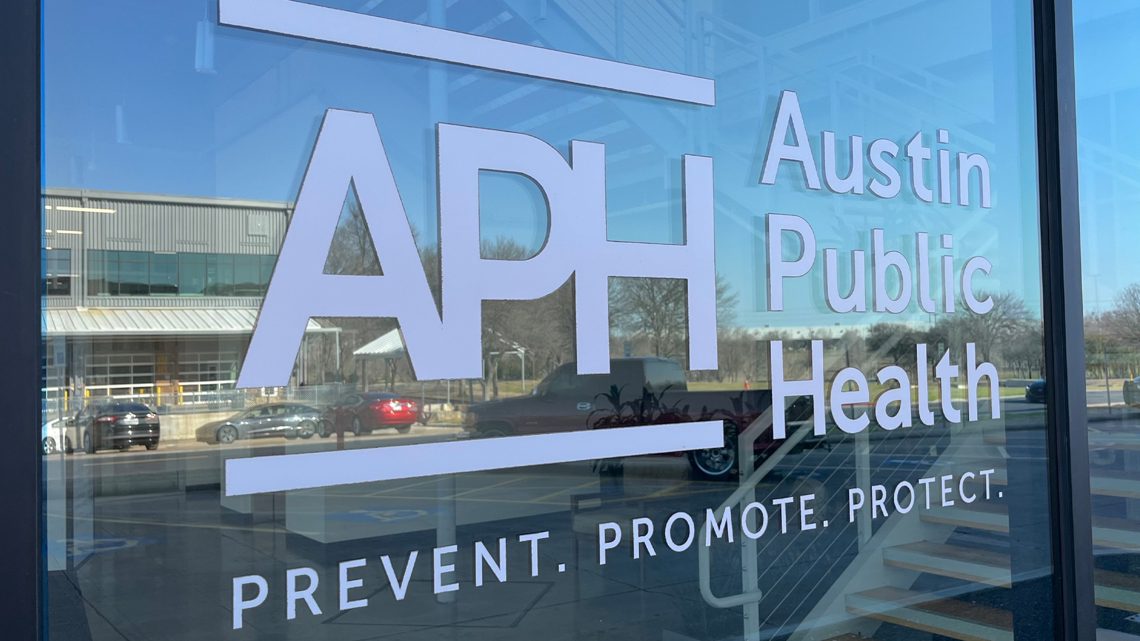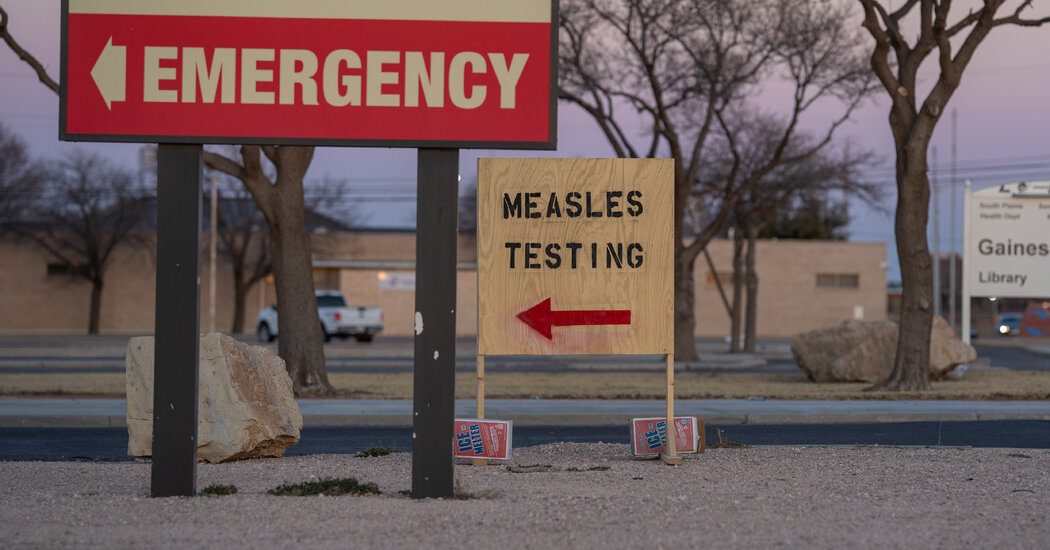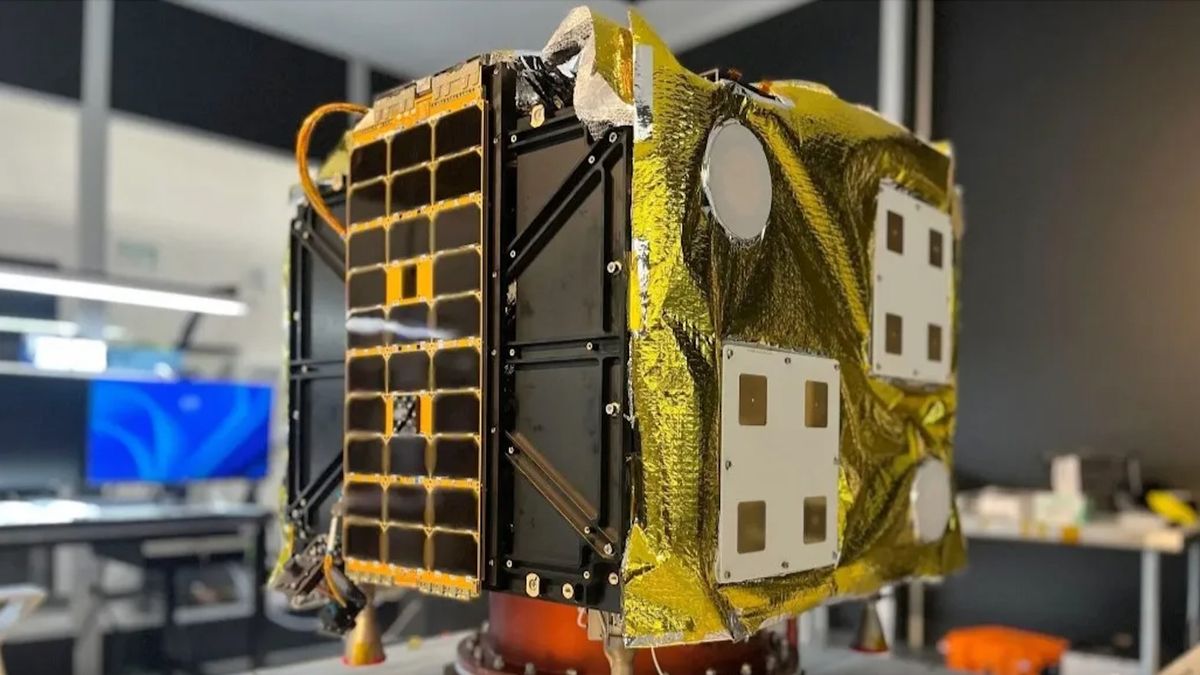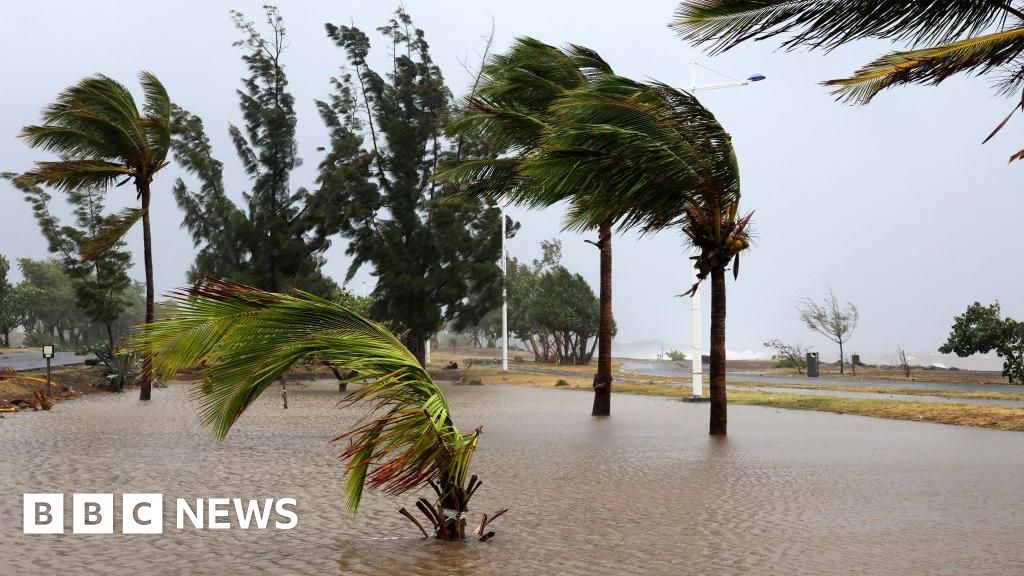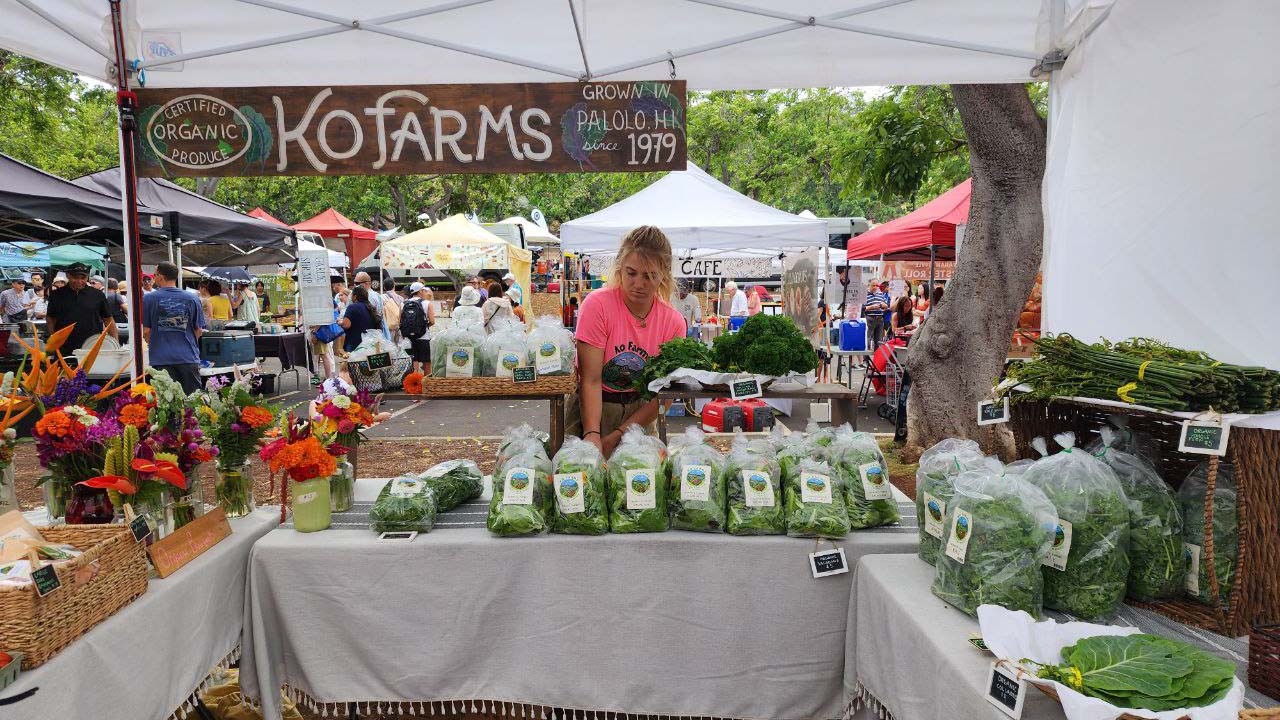
Recent news articles have drawn significant attention as they reveal an important health issue in Hawaii—rat lungworm disease. However, these pieces often take a sensational tone, featuring dramatic headlines that may suggest a higher risk for tourists visiting the islands. While the condition is uncommon and can be serious, the reality is that it can be easily prevented through simple measures we incorporate into our daily lives. Understanding this context helps mitigate unnecessary alarm.
Prevention of Rat Lungworm Disease Through Food Safety
Visitors can fully appreciate the breathtaking beauty and delicious cuisine of Hawaii without undue anxiety by learning how rat lungworm disease spreads and adopting straightforward precautions to minimize risk. This is precisely the approach that we, along with other residents, have embraced since the condition was first recognized. Following simple guidelines allows you to enjoy Hawaii’s rich agricultural bounty with confidence.
Careful Inspection and Washing of Produce
A key preventive step is to thoroughly inspect and wash all produce. This practice helps eliminate any snails, slugs, and their slime from fruits and vegetables. This is particularly crucial for locally sourced leafy greens, such as lettuce, basil, and kale, whether they come from farmers’ markets, roadside vendors, or stores. For locals, visually checking for signs of slugs or snails has become a natural habit, and visitors should adopt this same routine for peace of mind.
Understanding Rat Lungworm Disease (Angiostrongyliasis)
This parasitic infection begins its life cycle in rats, with snails and slugs serving as intermediate hosts. Human infection typically occurs through consuming undercooked or raw snails, slugs, or most critically for visitors, contaminated food products that have come into contact with droppings and slime. Importantly, the disease is not spread between humans and is not associated with ocean water or casual exposure.
Symptoms of Rat Lungworm Disease
The initial signs of rat lungworm disease may include nausea, headaches, abdominal pain, and fatigue. In rare, severe cases, neurological symptoms, such as tingling, burning sensations, or stiffness in the neck, may occur, potentially leading to meningitis. Although there isn’t a specific cure, healthcare providers can manage symptoms with pain relief and anti-inflammatory treatments.
Importantly, rat lungworm disease remains rare in Hawaii, averaging about a dozen cases annually across all islands. Even with consistent monitoring, health officials emphasize that the risk remains low, particularly for those adhering to safety measures.
What Makes Hawaii Vulnerable?
The lush, tropical climate of Hawaii provides an ideal environment for snails and slugs to thrive, contributing to a higher prevalence of the disease compared to milder regions. However, most occurrences can be traced back to specific exposures, typically related to unwashed produce or raw food items.
The Big Island has a historically higher number of reported cases, although other islands, including Maui, Kauai, and Oahu, have documented incidents as well. Contamination is often linked to leafy greens sourced from home gardens or farmers markets, particularly if thorough washing is neglected. Yet, many individuals enjoy fresh fruits and vegetables in Hawaii every year without encountering any issues.
The Hawaii Department of Health closely monitors rat lungworm disease and actively educates the public. Through ongoing awareness campaigns, particularly among residents—and now, hopefully, visitors—the number of cases remains relatively low compared to the population size.
Recent headlines have exaggerated the dangers associated with rat lungworm disease, portraying it as a widespread and urgent threat, which is misleading. Such narratives overlook the true level of risk involved. Some reports imply that all visitors to Hawaii are at risk, which is simply not accurate. The disease is not airborne, nor can it be transmitted through casual activities like swimming or hiking.
Another common exaggeration suggests that all Hawaiian food, particularly local produce, is dangerous. This claim lacks supporting evidence. Although unwashed greens can pose risks, the majority of restaurants, grocery stores, and markets in Hawaii adhere to rigorous safety standards, making their produce safe for consumption. Visitors who practice basic hygiene can nearly eliminate their risk of exposure to the parasite.
Additionally, many reports focus on extreme cases, emphasizing severe symptoms and potential long-term implications. While these outcomes are certainly possible, they are rare, as most infections are mild and resolve with appropriate medical attention.
Steps to Take if You Suspect Exposure
If you’re concerned about possible exposure, it’s important to remain calm and keep an eye on any symptoms. Seeking medical advice promptly is crucial if any signs such as persistent headaches, tingling, or neck stiffness appear. Healthcare professionals in Hawaii are experienced in diagnosing and treating rat lungworm disease and can provide personalized care.
Though instances of the disease are uncommon, local health systems are well-equipped to effectively manage it. Most cases involve mild symptoms and can be resolved swiftly without long-term complications when addressed early on.
A Historical Perspective
Hawaii has contended with rat lungworm disease for several decades, yet yearly reported cases remain in the single digits per island. Historical occurrences of cluster cases have prompted significant changes in community food safety practices, leading to heightened public health campaigns and increased farm produce inspections.
Farmers, vendors, and locals have embraced best practices such as thoroughly cleaning produce before it reaches consumers. These collective efforts ensure that most locally sourced fruits and vegetables can be enjoyed safely.
Experiencing Hawaii Without Unnecessary Anxiety
Hawaii boasts an exceptional array of experiences, from vibrant farmers markets to stunning landscapes and fresh local cuisine. By observing basic precautions, visitors can relish these experiences without fear of rat lungworm disease.
Washing produce, being vigilant about snail damage, avoiding raw or risky foods, and staying well-informed are practical steps to further reduce an already minimal risk. By prioritizing sensible safety measures instead of exaggerated fears, travelers can explore the beauty of the islands with confidence.
Concluding Thoughts
While rat lungworm disease is a genuine health concern in Hawaii, it can be addressed proactively and safely through awareness and good practices. Media portrayals may sometimes inflate the risks, but the reality is that the danger is low and largely preventable. Staying informed, rather than fearful, is the best approach to this issue.
We invite your thoughts and comments.
Beat of Hawaii © photo at KCC Farmers Market Honolulu.
Stay Updated with the Latest Hawaii Travel News



